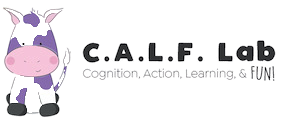Congdon, E. L., Westerlund, A., Algarin, C. R., Peirano, P. D., Gregas, M., Lozoff, B., & Nelson, C. A. (2012).
Iron deficiency in infancy is associated with altered neural correlates of recognition memory at 10
years. The Journal of Pediatrics, 160(6), 1027-1033.
